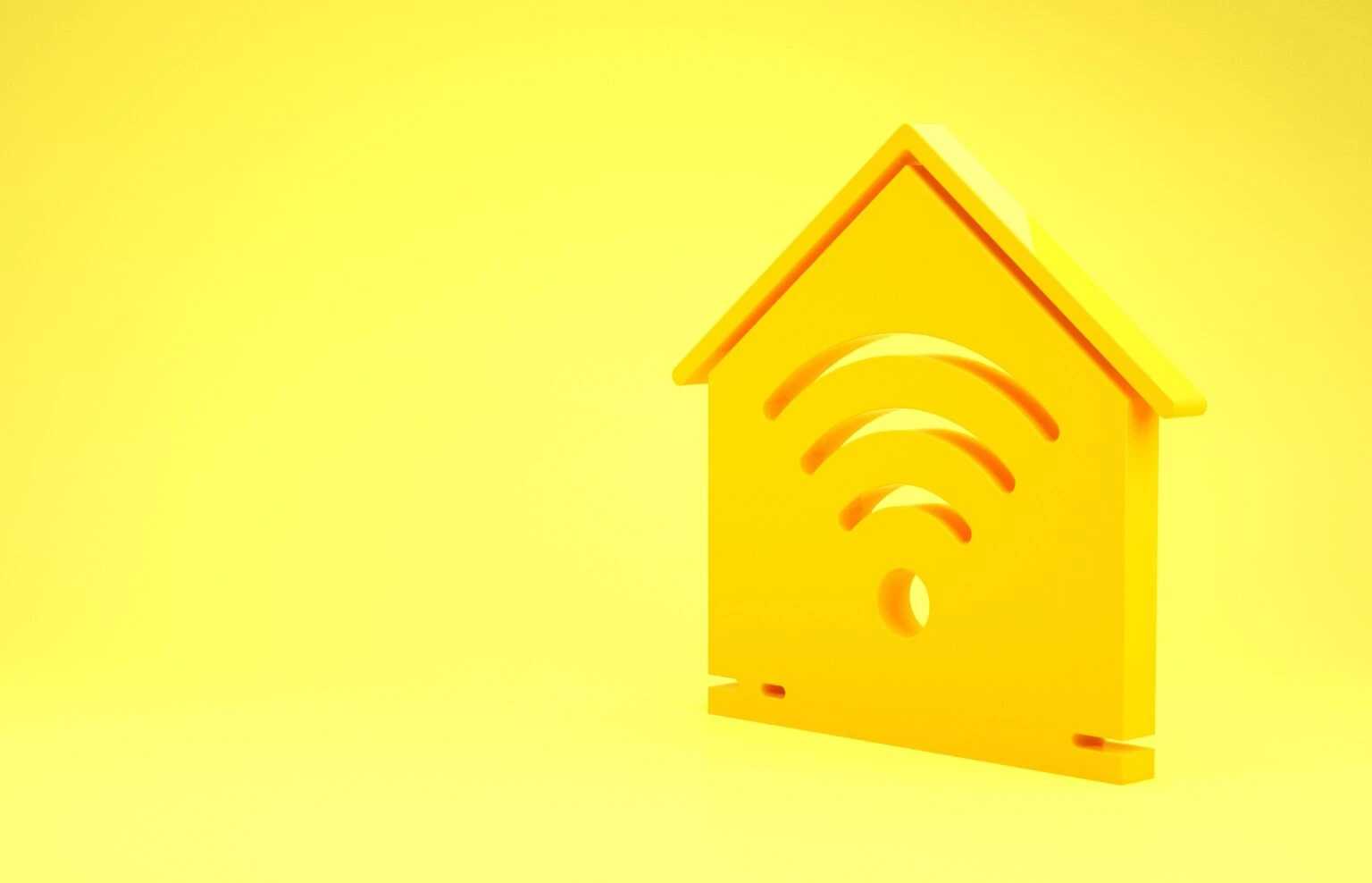
By: Martin Manniche, Founder and CEO, AXON Networks September 10, 2024
Collected at: https://www.rcrwireless.com/20240910/network-infrastructure/wi-fi/the-future-of-home-broadband-networking-reader-forum
The concept of the “connected home” has been around for quite some time. Beginning with something as simple as connecting multiple computers to one Wi-Fi router, today’s connected home can now also include multiple TVs streaming videos; gaming devices interacting with other devices in the home or anywhere else in the world; as well as an array of smart appliances, AI devices, video doorbells, security cameras and more, all pulling from the same home broadband network. As the proliferation of connected devices within our homes has surged, so has the demand for faster, more robust, more reliable internet, reshaping our digital expectations and experiences.
Home broadband networking and its underlying infrastructures have evolved dramatically as operators innovate to meet the demands of the modern connected home. From the early days of dial-up internet to the advancement of today’s high-speed broadband technologies such as DSL, cable and fiber-optic networks, home broadband connectivity continues to evolve and transform the ways we interact with the world.
This is shaping up to be a year of significant broadband network transformation. Building on legacy technologies such as Wi-Fi, mesh networking and gigabit internet, this year’s home broadband networks continue to become more sophisticated. Fiber to the home (FTTH), Wi-Fi 6 and Wi-Fi 6E, and the increased adoption of new Wi-Fi 7 technology are leading the way, along with growing deployment of high-speed XGS PON technology. Together, these emerging technologies are redefining our expectations of speed, reliability and efficiency when it comes to home broadband networking, creating more opportunities for productivity, connectivity and entertainment, and further supporting the demands of today’s digital lifestyle.
Beyond technology innovations, network operators are also turning to new ways to manage their networks and meet customer demands, relying more on AI-driven network management for enhanced security, predictive maintenance and proactive issue management, giving way for operators to deliver superior broadband service.
Elevating home broadband networking with Wi-Fi 7
This year began with exciting news about the industry’s first Wi-Fi 7 device, available to Lumen Technology’s Quantum Fiber customers.
Speaking at the ISE Expo 2024, Crystal Dowds, Lumen’s VP of architecture, engineering and technology, said, “We achieved the first in the world Wi-Fi 7 certification, something we’re very proud of.”
Leveraging cloud-based digital twin technology and GPS-assisted real-time machine learning algorithms, this device will give users access to Lumen’s Wi-Fi 7 network to revolutionize everyday applications like streaming, cloud gaming, VR and AR with faster speeds and ultra-low latency.
And more devices are coming, including routers, laptops and smartphones. The Wi-Fi Alliance predicts more than 233 million Wi-Fi 7-capable devices will become available in 2024 — with that number growing to 2.1 billion devices by 2028 — all designed to take advantage of Wi-Fi 7’s industry-changing speed, latency and bandwidth advantages made possible by:
- Twice the channel width of Wi-Fi 6E – 320 MHz-wide channels in the 6 GHz band – for handling much more data at faster speeds
- 4K Quadrature Amplitude Modulation (QAM) – enabling the signals on the network to carry 20 percent more bits than Wi-Fi 6E
- Multi-Link Operation (MLO) – this lets devices carry multiple links across different bands simultaneously for faster throughput and lower latency
- Plus better spectral efficiency, better interference mitigation and more efficient use of channels and bandwidth
All these factors will work together to enable Wi-Fi 7 to connect more in-home devices without sacrificing performance.
Transforming the networking landscape with gigabit speeds
Next-generation home broadband networks will rely on more than faster, more powerful Wi-Fi.
Network infrastructure continues to change as operators deploy more fiber networks to meet the growing demand for multi-gigabit services. And if network infrastructure continues to transform, so must the operators’ CPE equipment. Network operators need to ensure the devices in our homes meet the increasing high-bandwidth capacity requirements, a demand XGS PON helps address.
The demand for XGS PON technology will continue to redefine the backbone of home broadband networks, offering households unprecedented levels of connectivity. This allows for more connected devices and more streaming capabilities with reduced latency. With symmetrical download and upload speeds of up to 10 Gbps, XGS PON continues to revolutionize our internet experience.
Fiber-optic networks powered by XGS PON technology lay the foundation for future-proof connectivity and enable homes to meet the growing bandwidth demands driven by emerging technologies and applications. Network operators can lean on XGS PON technology to deliver high-speed, symmetrical gigabit internet access to broadband customers across the world, so households can rely on stable and dependable internet connectivity for their day-to-day activities.
The AI home advantage
With Wi-Fi 7’s increased complexity and network infrastructures continuing to grow, centralized network management becomes more important for ensuring efficient and seamless operation. Artificial Intelligence is another technology playing a pivotal role in the evolution of the home broadband networking experience by analyzing network traffic, identifying bottlenecks and adjusting network configurations in real time to improve overall network efficiency and reliability.
AI network management allows network operators to proactively monitor the network, dynamically route traffic as needed, perform predictive maintenance and automate troubleshooting, thereby increasing network performance and security, enhancing the end-user experience and reducing operational costs for service providers.
AI also allows operators to achieve greater operational efficiency and responsiveness, which are essential to meeting customer demands and staying ahead in a competitive market driven by increasing expectations for network reliability and performance.
As customer expectations for their home broadband networks continue to evolve, so must the technologies that power those networks, the equipment that carry the networks into their homes and the ways operators monitor and manage those networks and equipment. Forward-looking operators are embracing new Wi-Fi and networking technologies designed to handle today’s growing demand for faster speeds, higher bandwidth and lower latency, as well as network management platforms to deliver seamless performance and reliability.

Leave a Reply